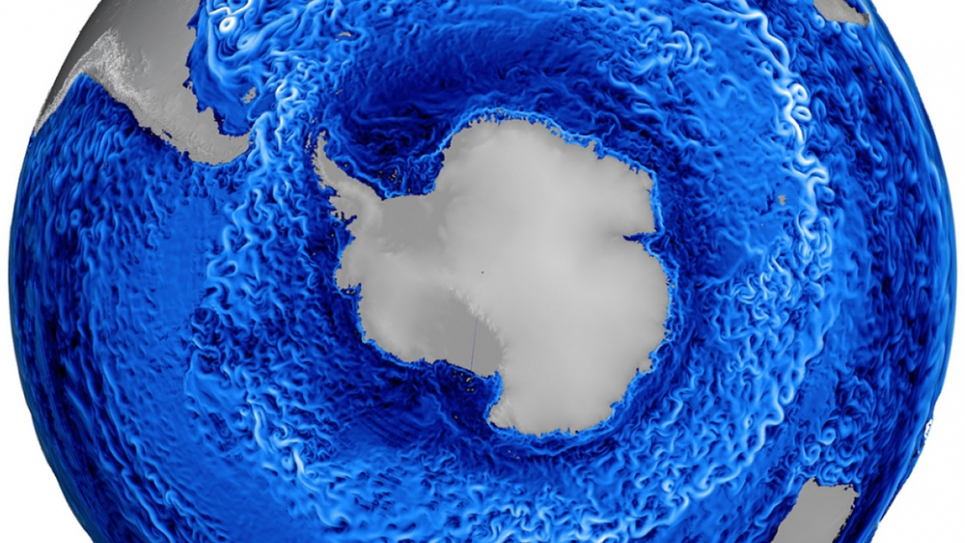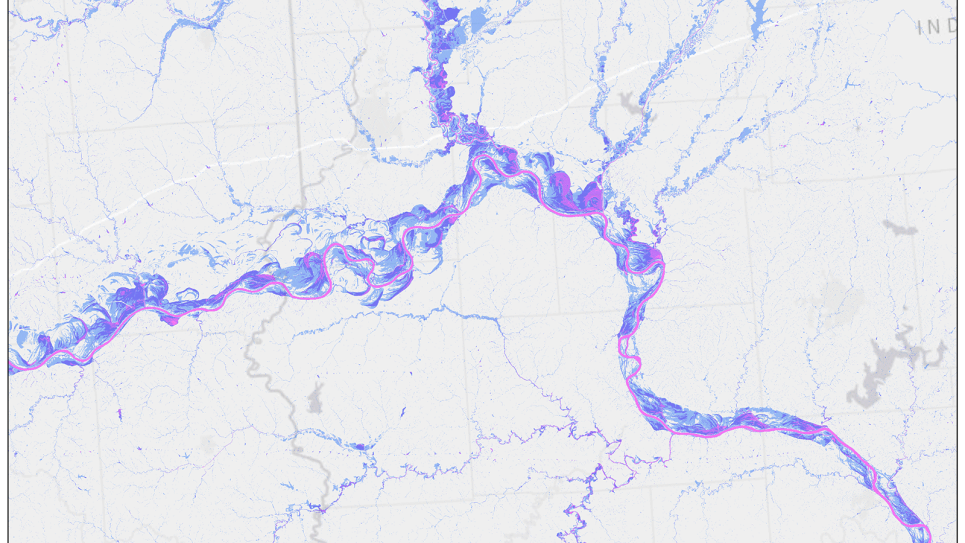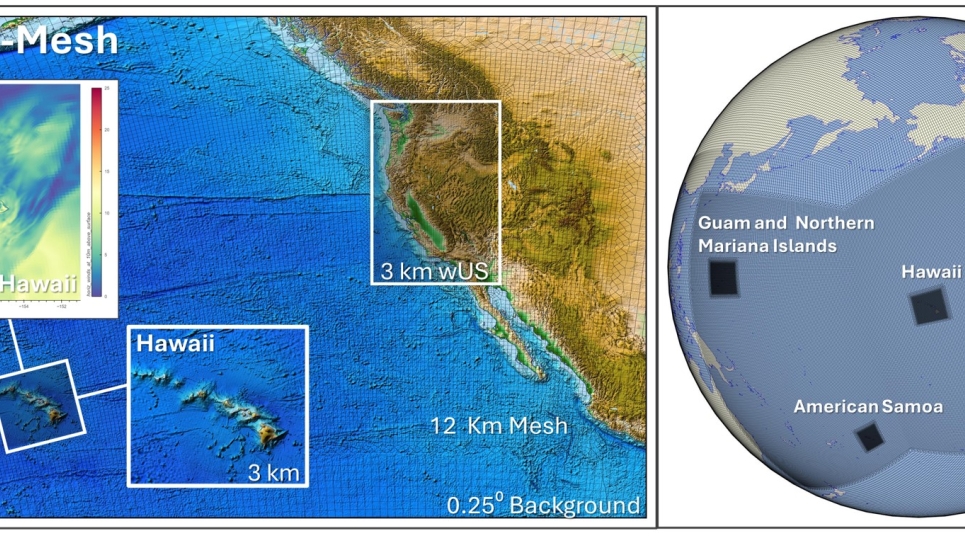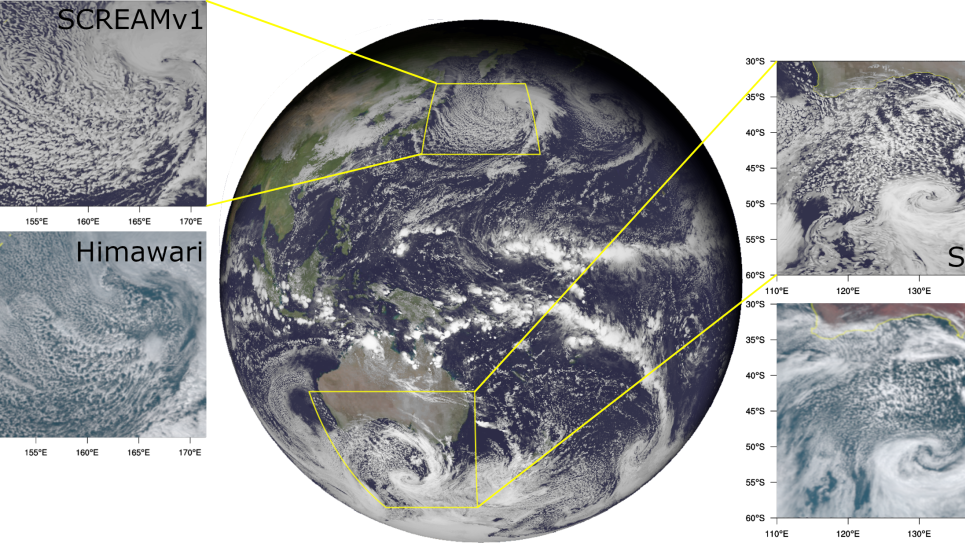
Understanding the Role of Ice Shelf-Ocean Interactions in a Changing Global Climate
Projecting the rate and probability of future sea-level rise is a primary science driver for the Department of Energy's (DOE) Accelerated Climate Model for Energy (ACME) project. ACME is focusing on better understanding the potential for rapid sea-level rise from the Antarctic Ice Sheet (AIS) where both observations and modeling indicate that ice sheet mass loss is highly sensitive to changes in oceanic melting of floating ice shelves. To understand this sensitivity and its potential impact on future sea level rise, ACME scientists have introduced new, variable-resolution ocean and sea-ice models for simulating the key processes responsible for delivering warm waters to the base of Antarctic ice shelves.
The proposed research includes a suite of simulations of varying resolution and complexity designed to: (1) validate the ACME ocean models in global, coupled configurations with ocean circulation in ice shelf cavities; (2) explore the influence of global climate on sub-ice shelf melting (and vice versa); (4) explore the impact of anticipated changes in climate on sub-ice shelf melting. The simulations will produce a greatly improved understanding of the coupled interactions between ice sheets, oceans, and global climate, which is a necessary first step in being able to accurately project future sea-level change using dynamic ice sheet models coupled to Earth System Models. The research brings together the new ACME capability of modeling ice sheet-and-ocean interactions with DOE's expertise in climate modeling and high performance computing, and applies it to the pressing question of future ice shelf melting in Antarctica.


